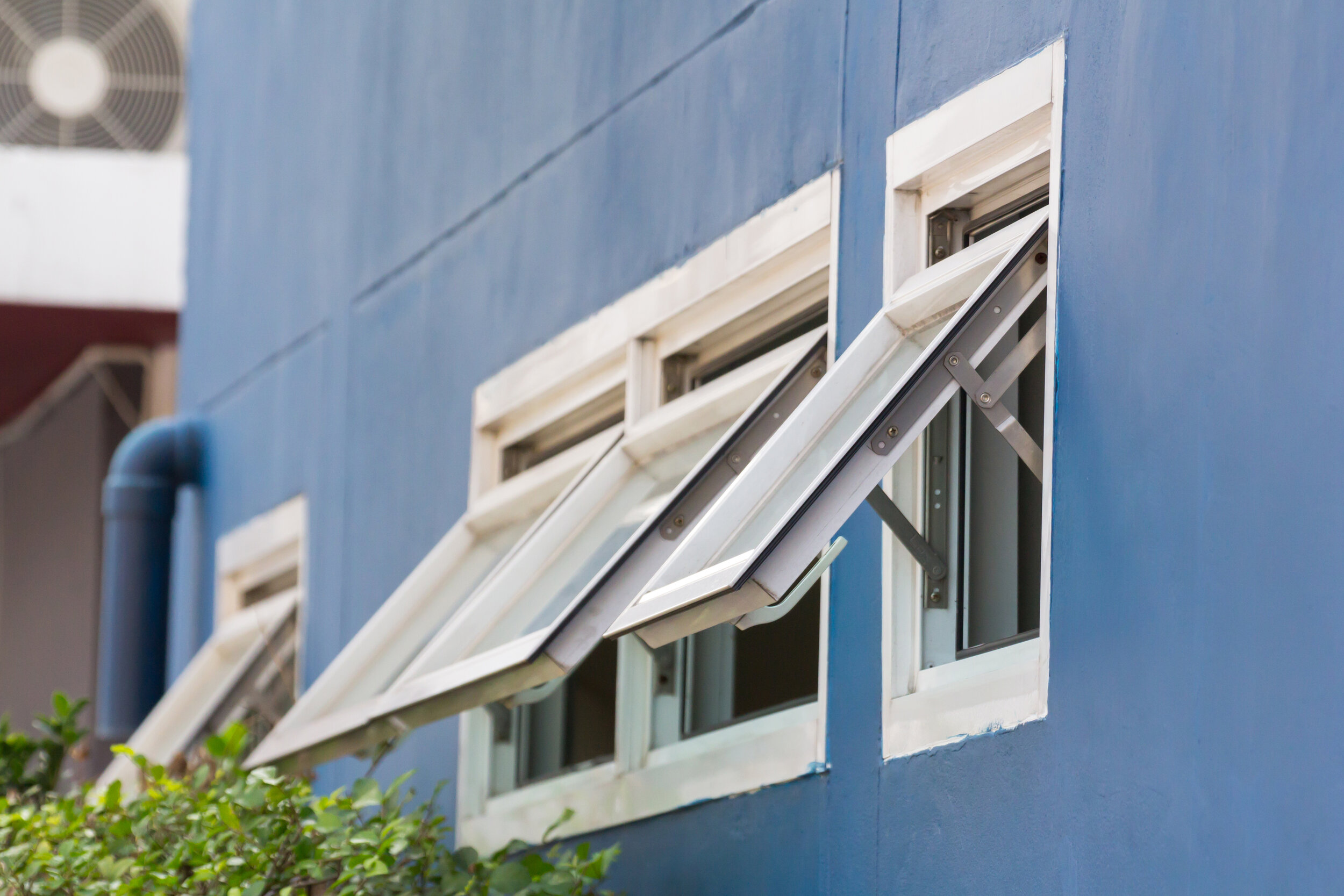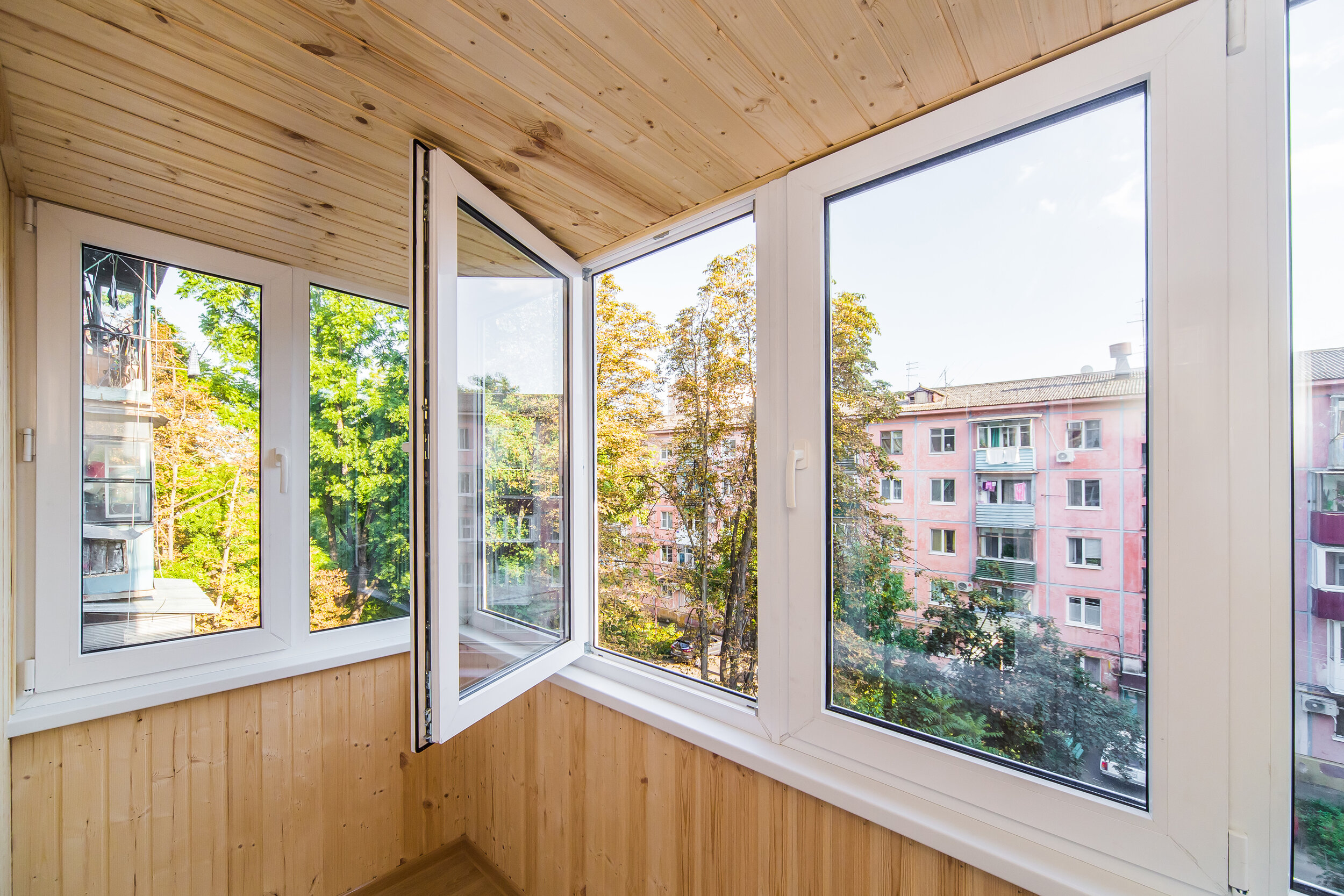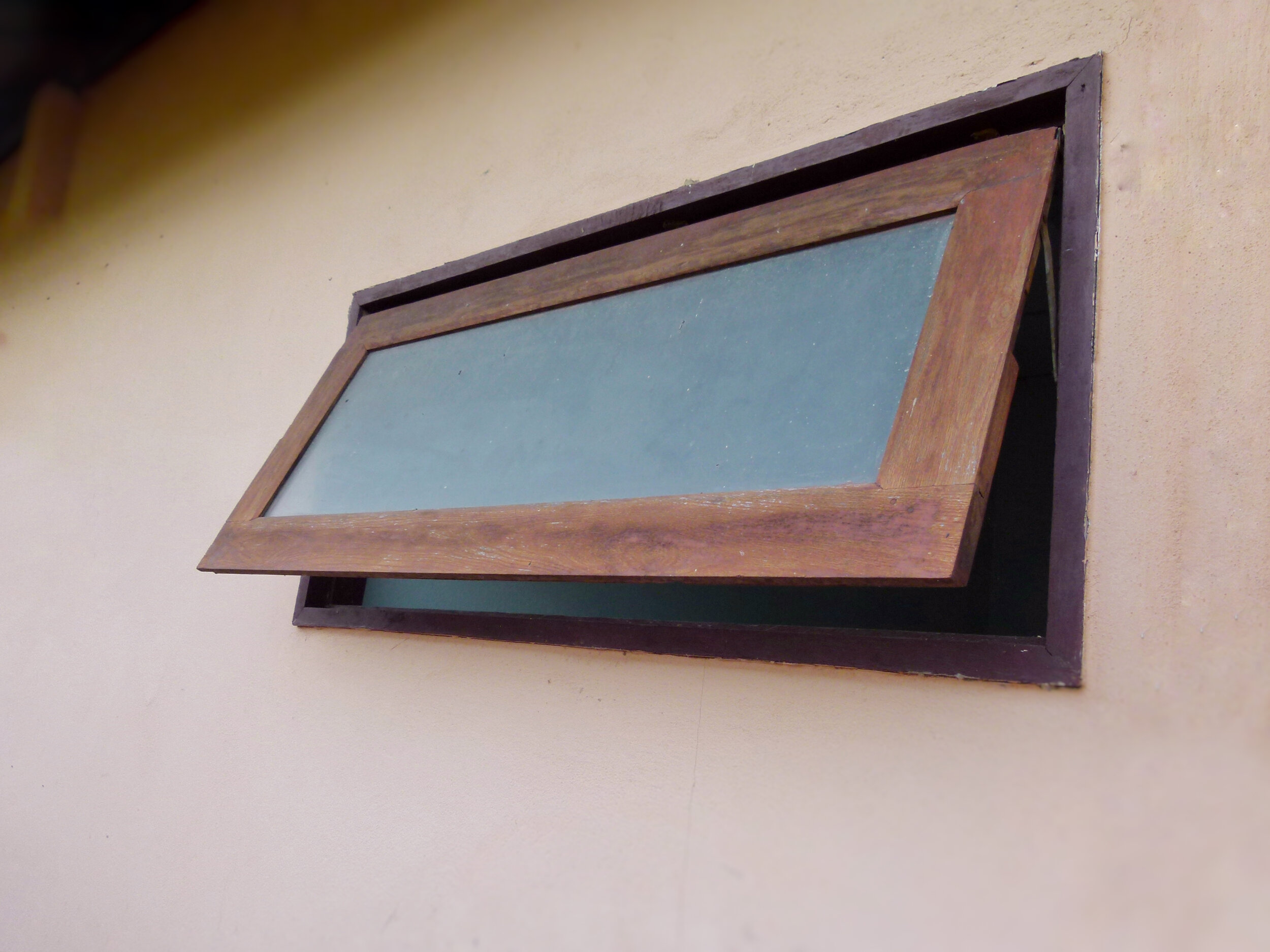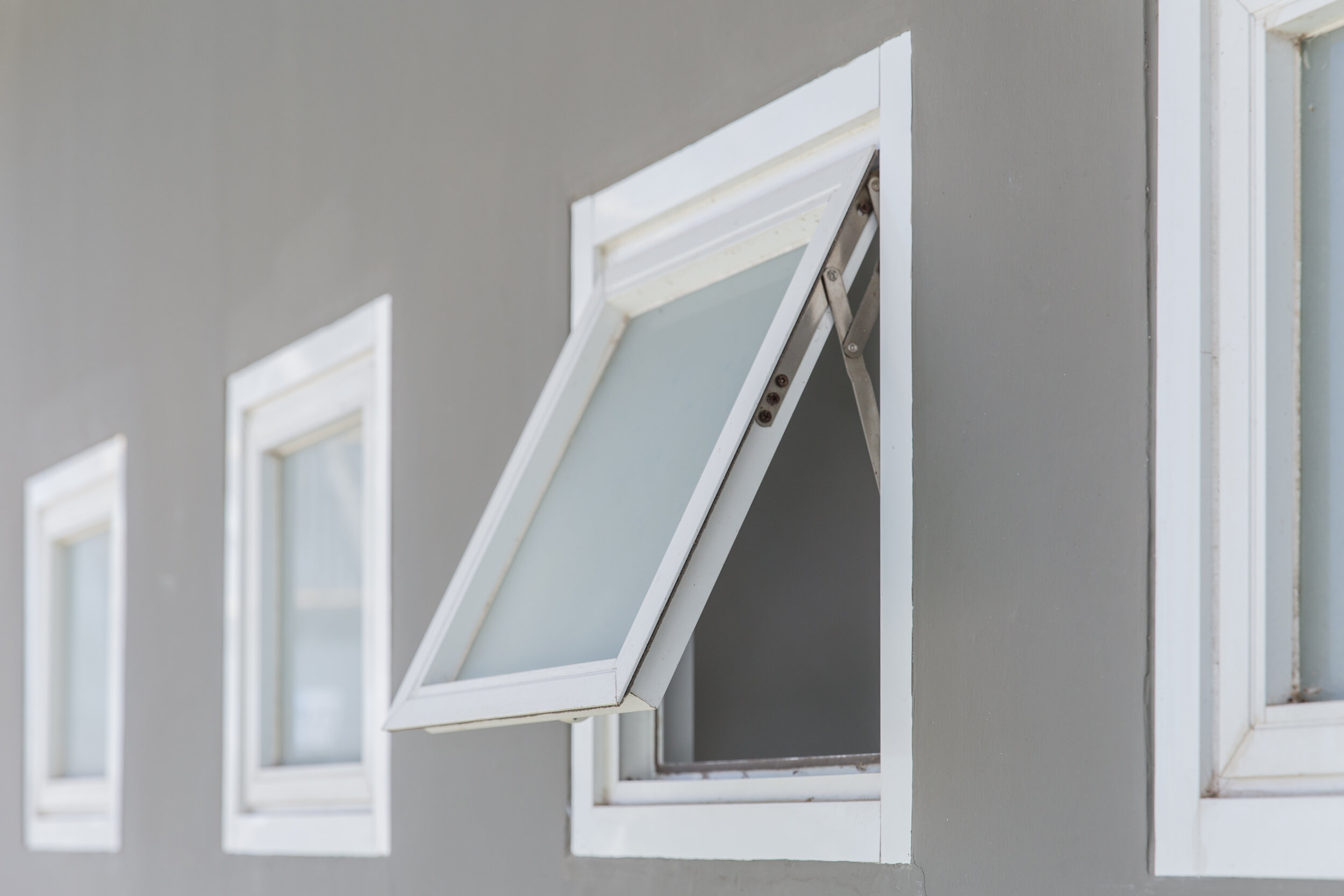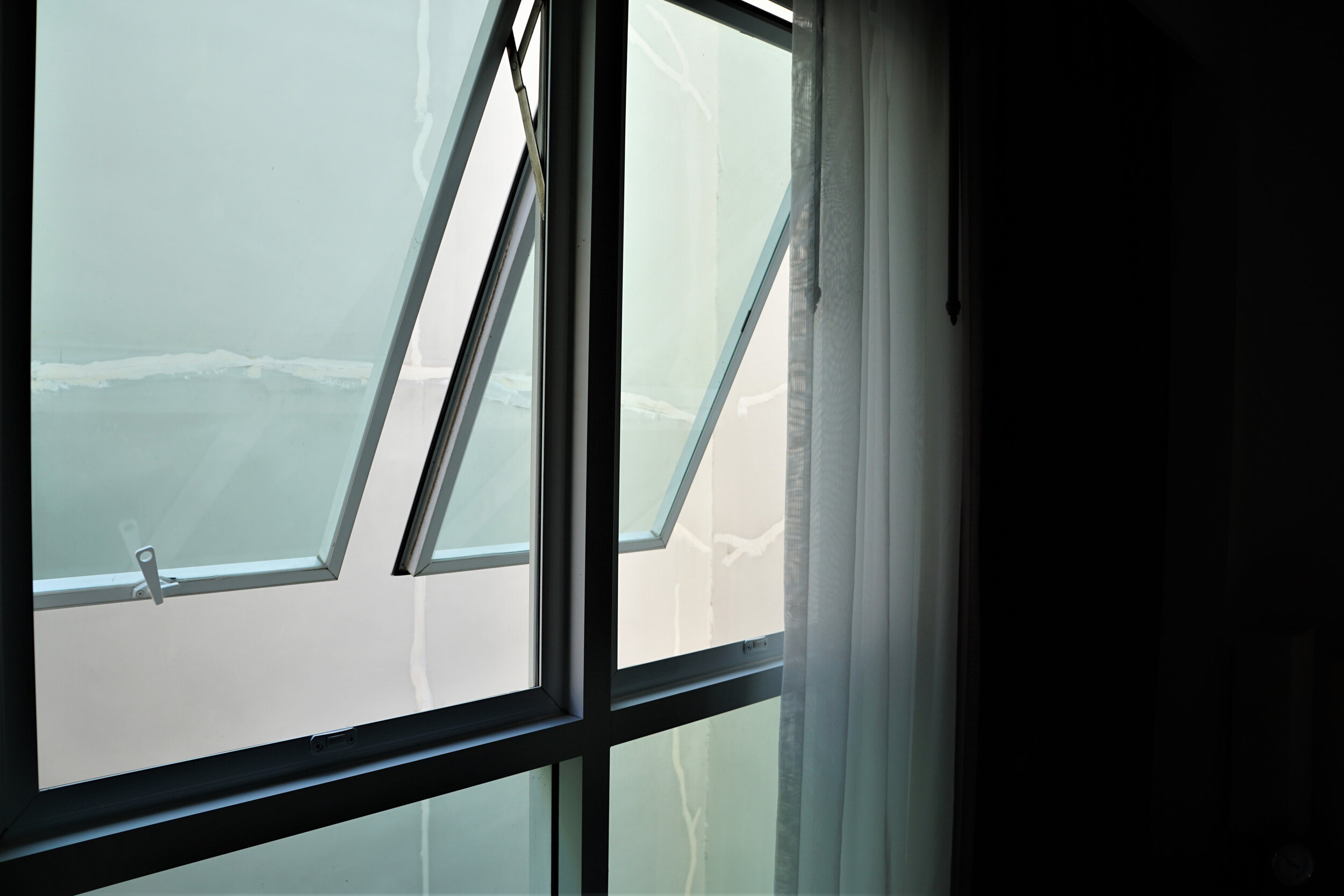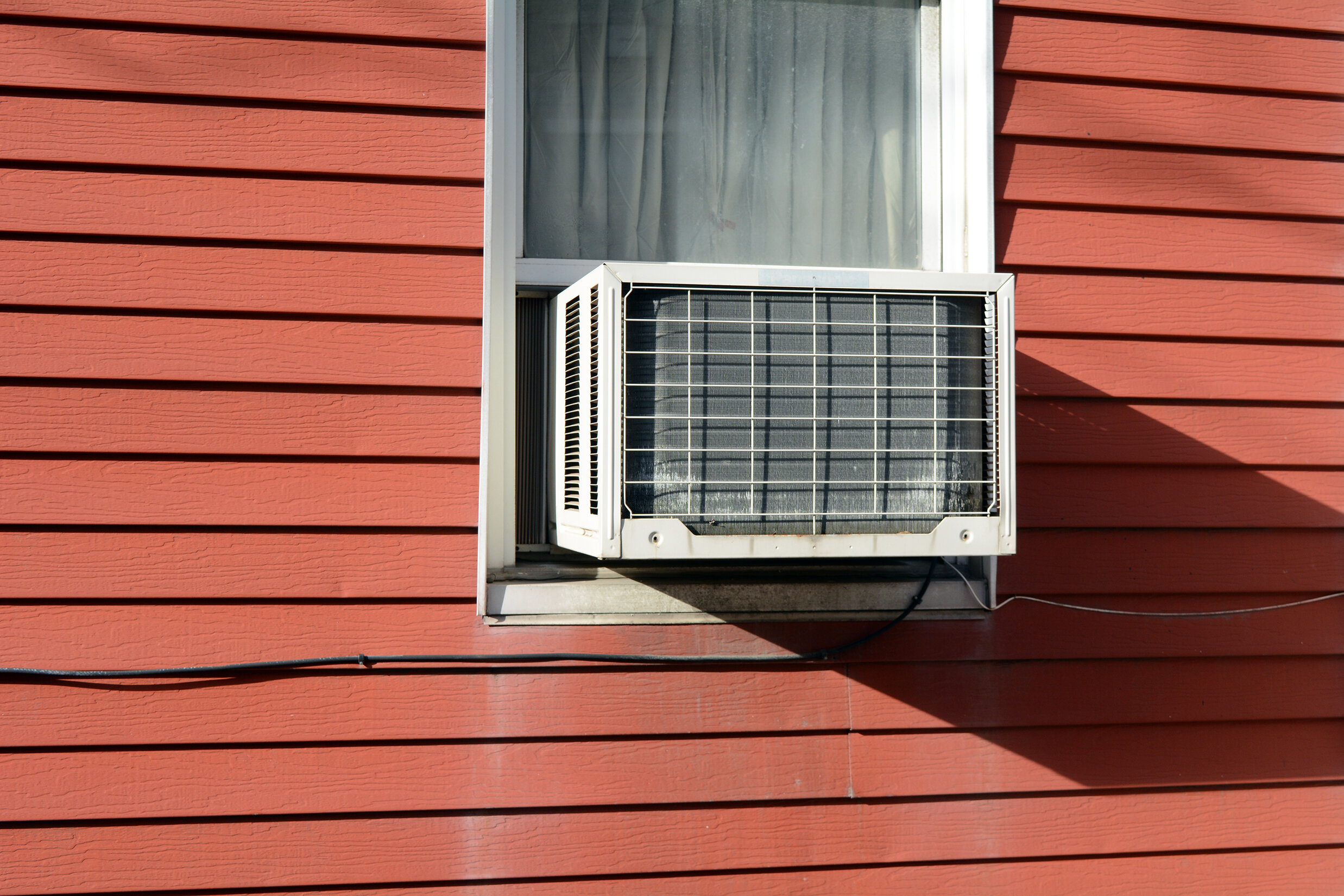The Complete Buyer’s Guide to Awning Windows for a Modern Home
/Awning Windows
Disclaimer: As an Amazon Associate I earn from qualifying purchases. There are affiliate links in this post. This means that at no cost to you, I will receive a commission if you purchase through my link. I will only ever promote the products and services that I trust and 100% recommend. You may read my full disclosure policy for more information. Thank you for supporting my business in this way.
Awning windows are valued for their versatility and functionality. They’ve become increasingly popular in modern residences of all types: from high-rise condos to tiny homes to traditional family houses.
Awning windows open completely, providing ample ventilation in bathrooms, basements, laundry rooms, and kitchens. They are low-maintenance and can be cleaned from the inside, making them perfect for top floors.
Read on to learn more about this innovative design feature and see if it will be a good choice for your home.
What are Awning Windows?
These windows open outward from the bottom, like a car trunk, they have hinges along the top. When the window is open, it forms an awning that can protect against light rain, snow, and poor weather.
Awning versus Casement Windows: What’s the Difference?
Casement window
They are often classified in the same family as casement windows. Like casement windows, they open to the outside, and they usually operate on a crank. Some window manufacturers even refer to them as “top-hung casement windows”.
But awning and casement windows do have some notable differences. Casement windows have hinges on the sides, so they open like a set of doors — while awning windows open from the bottom.
Because of this, casement windows are best for tall, skinny window openings. Awning windows work better in rectangular openings that are wider than they are tall.
Finally, casement windows can generally be arranged in five different configurations, while awning windows usually only come in three standard arrangements.
See also: What are Casement Windows?
Different Types of Awning Windows
One of the great benefits of awning windows is how versatile they are. Most window manufacturers offer a variety of glass and hardware options, along with a range of color choices. As mentioned above, awning windows come in three different configurations. And, they come in several different material choices.
Here are the most popular types of awning windows you’ll need to choose from.
1. Wood Awning Windows
Wood windows can give off a rustic look, making them a common choice for vacation homes and mid-century modern designs. While wood does tend to be more costly than other material choices, it provides a lot of potential for customization.
The cost is also justified because you will save lots of money in energy costs. A window made from high-quality softwood has about 400 times the insulation power as a comparable steel window, as noted by the American Wood Council.
2. Steel Awning Windows
With sleek, clean lines, steel awning windows are another popular choice. They’re often used in high-rise apartments and contemporary-styled homes. Like wood, steel is more costly than the other material options, but it can be customized with different finishes and color options.
Steel is low-maintenance and highly durable, so it’s a great choice for rental properties and apartment owners.
3. Fiberglass Awning Windows
If you’re a DIY homeowner interested in painting your own windows, fiberglass is a great option. Fiberglass windows are both affordable and high quality. They have excellent insulation properties, making them a good choice for colder climates and north-facing windows.
They’re incredibly durable and easy to clean — just wipe them down periodically to keep them in great condition.
Another major benefit is the fact that they’re less expensive than most steel or wood windows.
4. Aluminum Awning Windows
Aluminum window frames are usually thinner than other materials. This allows a maximum amount of light to shine through. Aluminum is also very durable and long-lasting. The main disadvantage is that the appearance isn’t as customizable as other material types, and some homeowners don’t like the look of aluminum.
5. Vinyl Awning Windows
Vinyl windows are best for homeowners on a budget. They will last for years without rotting or molding due to exterior conditions. They’re one of the lowest maintenance window choices — they don’t require staining, painting, or any special cleaners.
Vinyl windows also provide good insulation.
Are awning windows energy efficient?
Yes, they are highly energy efficient in both warm and cold climates. Check the U-Factor of a window before you purchase it. The number is determined by the US Department of Energy, and it typically falls anywhere from 0.20-1.20, with 0.20 being the best insulated. Most awning windows will be right around 0.20, if not lower.
Benefits of Awning Windows
Awning windows have excellent ventilation, even in cold climates and wintertime. They open completely, allowing lots of air and light inside. This makes them attractive in open-concept homes.
Awning windows are highly secure — most can be paired with sophisticated locking systems to protect your residence. They’re also extremely versatile. Unlike traditional windows, awning windows come in multiple configurations.
Their low-maintenance is appealing to homeowners and property managers alike. You can reach outside and clean both sides of the window easily — no need for ladders of long-handled cleaning tools.
Drawbacks of Awning Windows
There are two main drawbacks to consider before you install an awning window. Like casement windows, they take up a good amount of space outside. That’s because the window panel sticks out when it is open. If you have trees or bushes outside your window frame, you’ll need to consider this before installing. You should also proceed with caution if your window may hang over a sidewalk or a street.
Another drawback is the fact that most air conditioning units won’t fit inside an awning window, the way they do with traditional slider windows.
Is An Awning Window Right For Me?
Thanks to their modern look, awning windows are a great and low-maintenance way to update your home. If you’re not sure where to install it, choose a room that would benefit from lots of light and ventilation.
Many homeowners put these windows above a kitchen sink. They’re easy to open and close in this position, and they allow hot air from the oven to escape the home. They can also provide ample ventilation in damp areas such as a bathroom, basement or laundry room. Whatever you choose, your awning windows are sure to last for years to come.
Brandon Hubbard, AIA, NCARB, LEED AP BD+C
